After months of anticipations, Apple has finally unveiled it’s next-generation’s iPhone 13 series last month comprising of the iPhone 13 Mini, iPhone 13, iPhone 13 Pro, as well as the top-of-the-line iPhone 13 Pro Max.
This year, Apple had drafted in some pretty huge upgrades to it’s iPhone 13 lineup including a faster refresh rate for the ”Pro” models, as well as the all-new Apple A15 Bionic chipset across the broad, to name a few.
Thanks to Apple Singapore, we’re able to get our hands on the new iPhone 13 Pro which we have been actively testing for the past two weeks to check out what the new flagship has in store for us.
So for those who’re considering whether to get the new iPhone 13 Pro, this review is definitely something you wouldn’t want to miss out on!
A Style Of It’s Own
The iPhone 13 Pro is a really classy phone especially for the Gold variant that we received for review. It comes with a smooth, frosted glass back matched with gold-coated edges which gives the phone an ultra-luxury vibe and a style of it’s own.
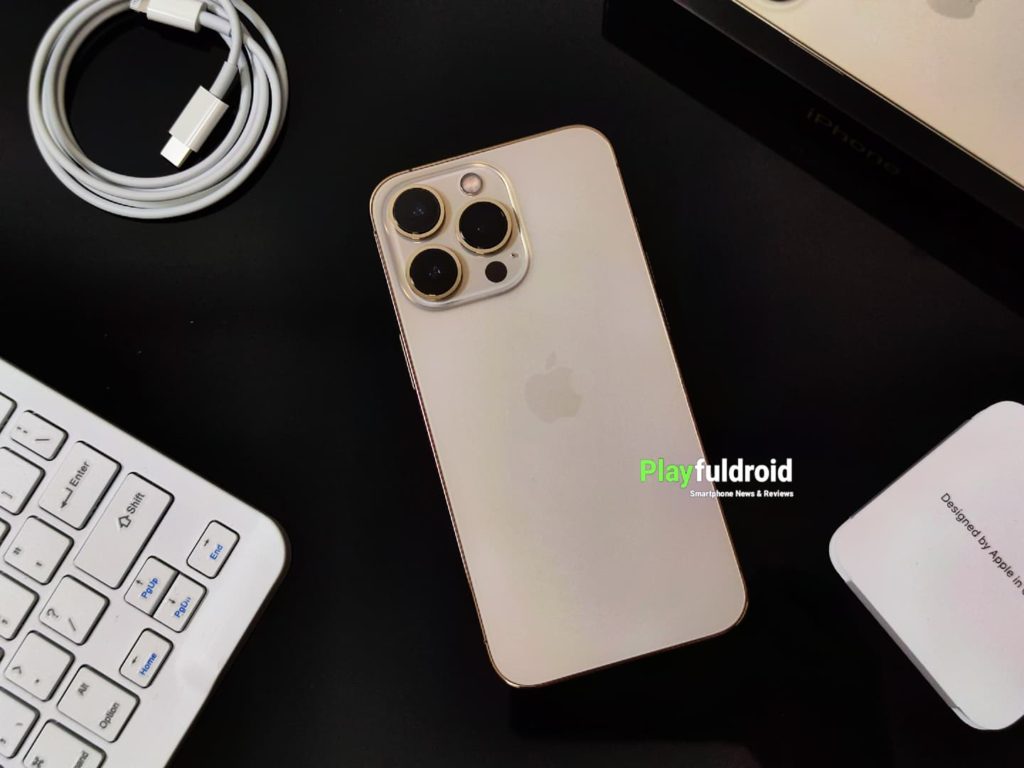
It’s one of those times that I felt a pity to put a protective casing over the phone as the design is a real visual treat to all. Despite how attractive it’s gold variant may sound, most of the hypes this year are actually on the all-new Sierra Blue variant which also have it’s own charm.

Although we tend to see curved edges among majority of the Android smartphones, but that’s something we don’t see on the iPhone 13 Pro which retains a flat edge design, just like it’s predecessor as well as the past generations’ iPhone 4 and 5 series devices.

While it make sense to say that rounded edge offers better ergonomic to some extend, but it’s certainly untrue to suggest that flat edges lead to poor ergonomic. In fact, I do find myself having better grip with the flat edges on the iPhone 13 Pro, as compared to those rounded edges on Android phones which occasionally felt slippery on hand.
Also, the flat edges may appear ”sharp” on the outside but they don’t actually cause any discomfort even after long hours of usage. That’s despite it’s rather hefty weight of around 204 grams. As such, I’m all good with the flat edge design on the iPhone 13 Pro which in my opinion, is a feature that really stands out of the crowd in terms of aesthetic.
Moving on to the frontside, the iPhone 13 Pro also sports the familiar notch around it’s forehead area which according to Apple, is now slightly smaller as compared to it’s predecessors. As a former user of Huawei P20 Pro, I totally have no issue with getting accustomed to the notched design on the iPhone 13 Pro.
Most importantly, it’s support for Face ID – a feature that allows quick and seamless authentication via facial recognition system – made the presence of a notch a worthy trade.
A Vibrant & Ultra-sharp Display
The OPPO Find X3 (Review) probably has one of the best smartphone display I tested so far, but the iPhone 13 Pro is here to provide a true competition with it’s 6.1” Super Retina XDR OLED display.
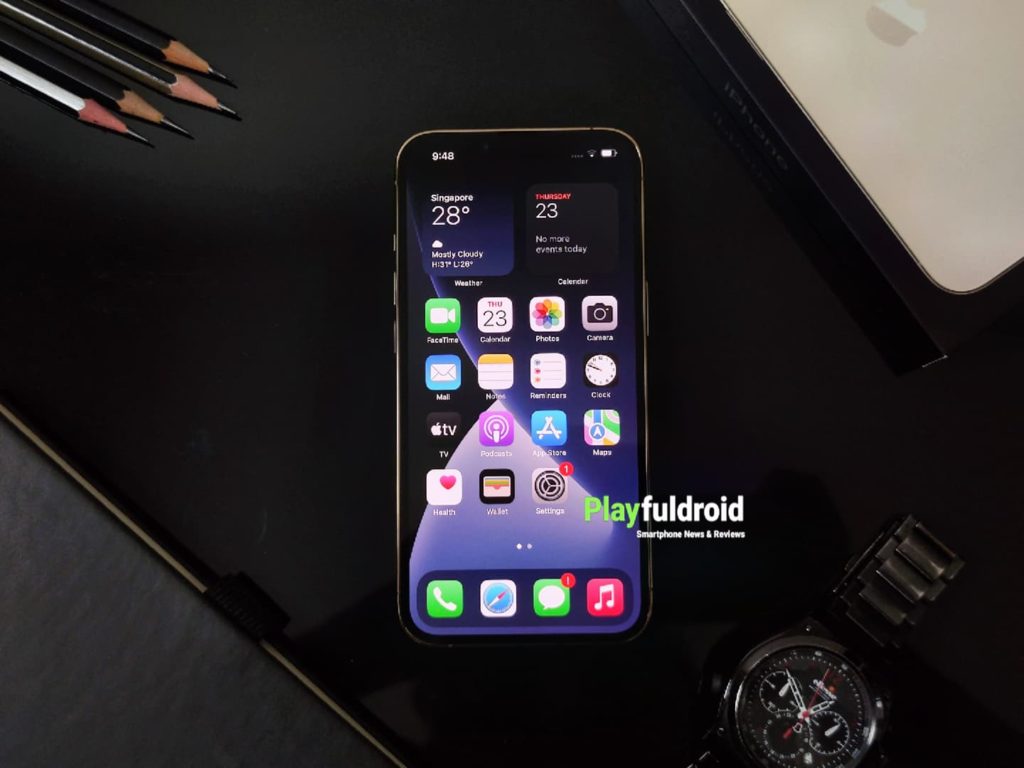
The screen itself offers an impressive 2532 x 1170 pixels resolution which delivers plenty of sharpness to bring up intricate details when browsing photos. Similarly, color reproduction is also excellent thanks to it’s wide color gamut and wide dynamic range that drive highly realistic video footages on the screen.
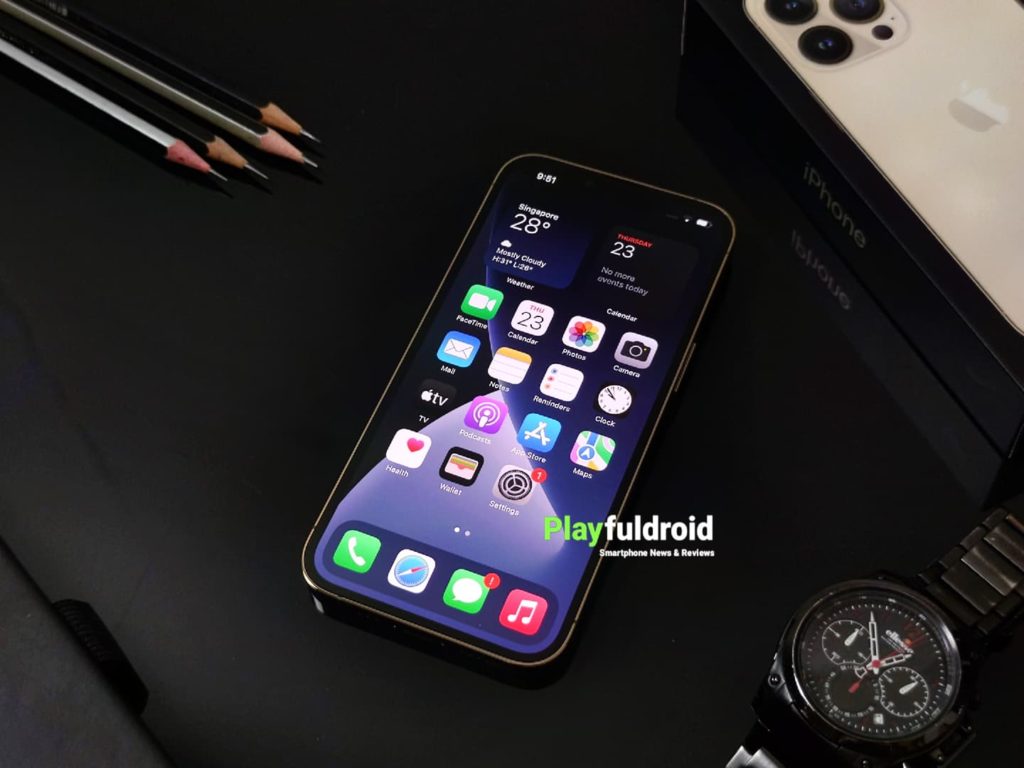
This time round, Apple has bumped up the refresh rate from 60Hz on last year’s iPhone 12 Pro to 120Hz on the iPhone 13 Pro with the new ProMotion display tech. The benefits of a faster refresh rate can be easily experienced by the super smooth transition while navigating through the UI, or when scrolling through a web page.
Likewise for those who indulge in mobile gaming, the higher refresh rate means the display is capable of delivering a smoother game play (for game titles that support 120Hz refresh rate) as a result of improved motion performance.
Also, it’s worth pointing out that the iPhone 13 Pro’s display can get super bright with a maximum brightness of up to 1,200 nits. This is one of the most important, but also perhaps the most underrated feature of a display that ensures the screen remain visible under harsh sunlight. Those who frequently engage in outdoor mobile photography probably understand it’s importance better.
As for durability, the screen itself is protected by an additional layer of ceramic shield that sits atop the display. Though I didn’t perform a drop test on the phone or purposefully scratches the display, but Apple claimed that it’s Ceramic Shield is actually “tougher than any smartphone glass.”
Amazing Performance For Every Day’s Usage & Entertainment
As part of it’s annual upgrade package, the iPhone 13 Pro gets the all-new Apple A15 Bionic chipset fabricated by TSMC under an advanced 5nm process. The new chip is based upon a hexa-core architecture comprising of two high-performance as well as four efficiency cores.
To help with intensive graphic processing tasks, the A15 Bionic on the iPhone 13 Pro (and Pro Max) is equipped with a dedicated 5-cores GPU. The number of GPU cores however, drops to four on the iPhone 13 Mini and iPhone 13.
While most of the diehard Android fans may not like to hear this, but the A15 Bionic is doubtlessly the most powerful mobile chipset at the moment, surpassing the already impressive performance offered by Qualcomm’s Snapdragon 888 silicon that powers majority of this year’s Android flagship phones.
On a day-to-day usage, the A15 Bionic chipset is more than capable of delivering a silky-smooth experience for it’s users. Even when dealing with more resource intensive tasks like video editing or gaming (under high graphic settings), the iPhone 13 Pro still manages them perfectly without breaking a sweat. That’s exactly how powerful the new A15 Bionic chip is.
In terms of thermals, the iPhone 13 Pro did pretty well in this aspect too. Most of the time when I did a mass transfer of files (of more than 50GB) from one phone to another, the phones can get really hot even on a flagship phone with dedicated cooling system.
However, that isn’t something I experienced on the iPhone 13 Pro. The device did get slight warmer, but it certainly wasn’t those that cause you discomfort. So, unless you’re recording video at 4K/ 60fps on a sunny day, you’ll hardly encounter any heating issue with the iPhone 13 Pro.
A Great Photography Companion
Performance-aside, photography is another aspect which the iPhone 13 Pro unsurprisingly places a huge emphasize on. It features a total of three lenses at the back comprising of a 13 megapixels wide camera, 13 megapixels ultra-wide camera, as well as a 13 megapixels telephoto camera with 3x optical zoom.
On paper, the pixel count on it’s wide camera might seems rather underwhelming as compared to those 108 megapixels wide camera that are increasingly found among Android smartphones like the Samsung Galaxy S21 Ultra (Review). However, you’ll be quick to notice that pixel count doesn’t matter at all after taking a few snaps with the iPhone 13 Pro’s wide camera.

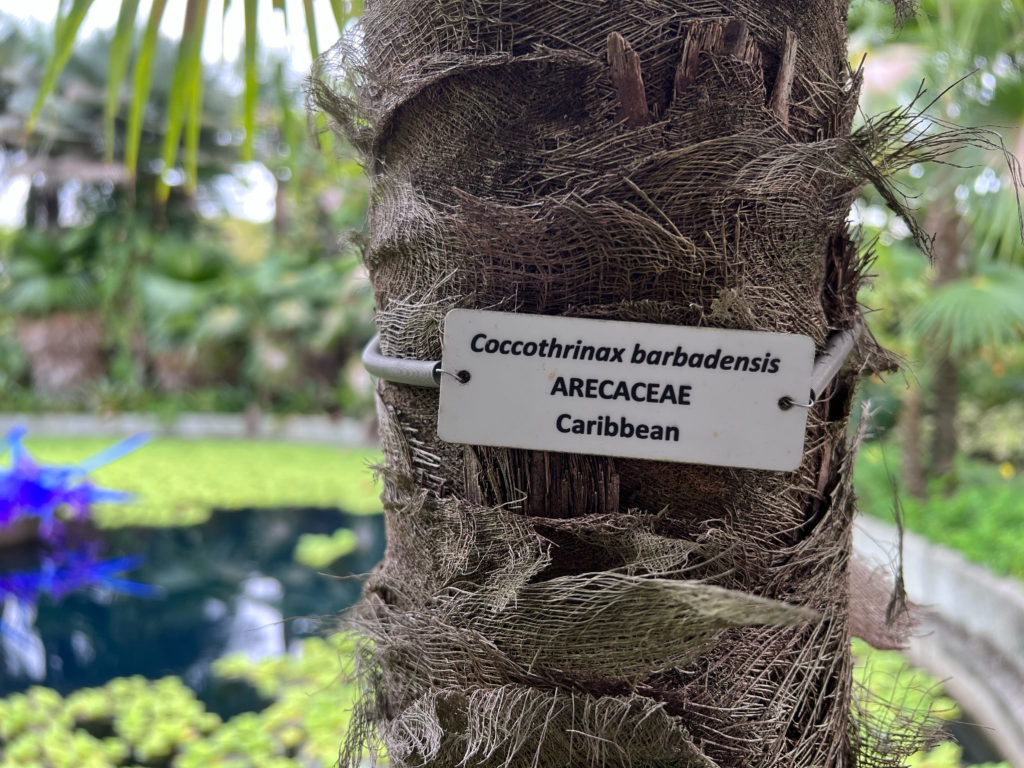
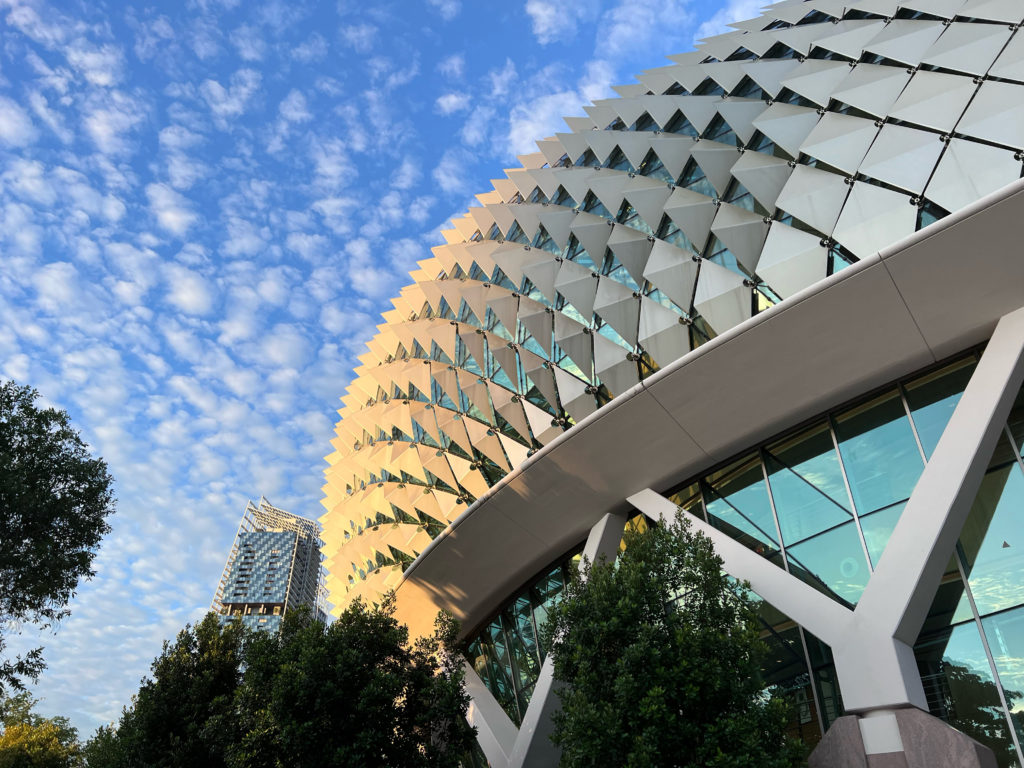
In bright daylight, the iPhone 13 Pro is capable to click Insta-worthy photos that are comparable to any of those taken by the best Android smartphones. It does well in terms of dynamic range and exposure, resulting in flattering photos with good color saturation that appear natural.
When taking bokeh shots with the wide camera, it’s autofocus system is also able to focus instantaneously on the subject with great accuracy across all lighting condition. That’s something which I really appreciate since I use the phone quite frequently in my product shots.
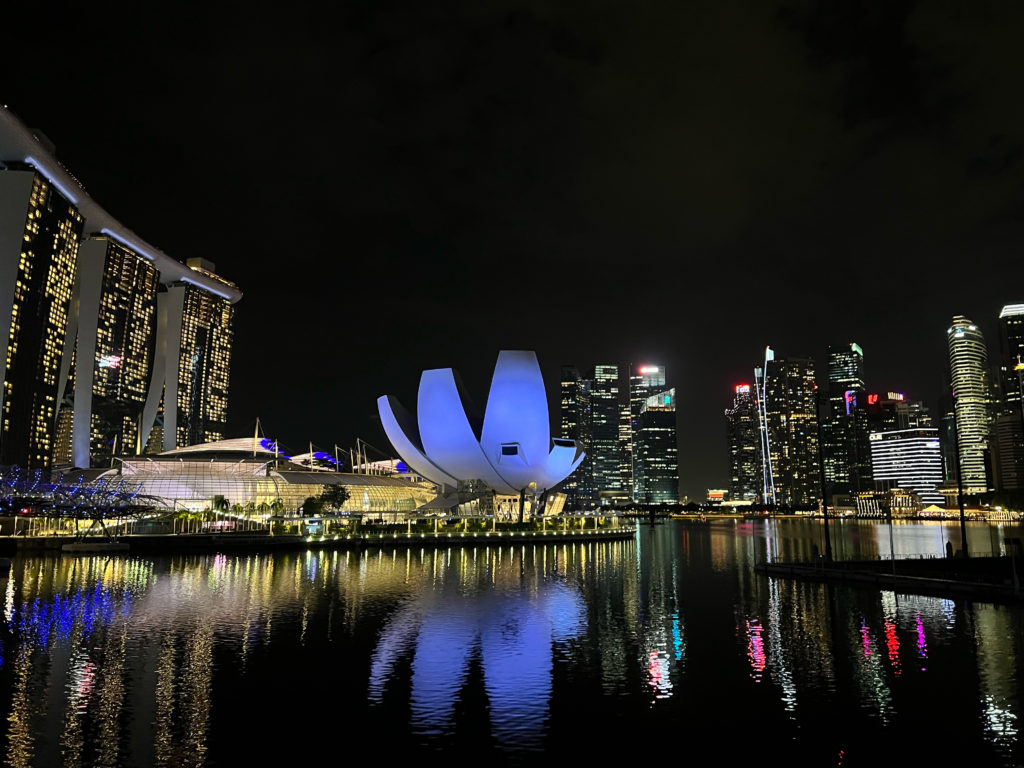
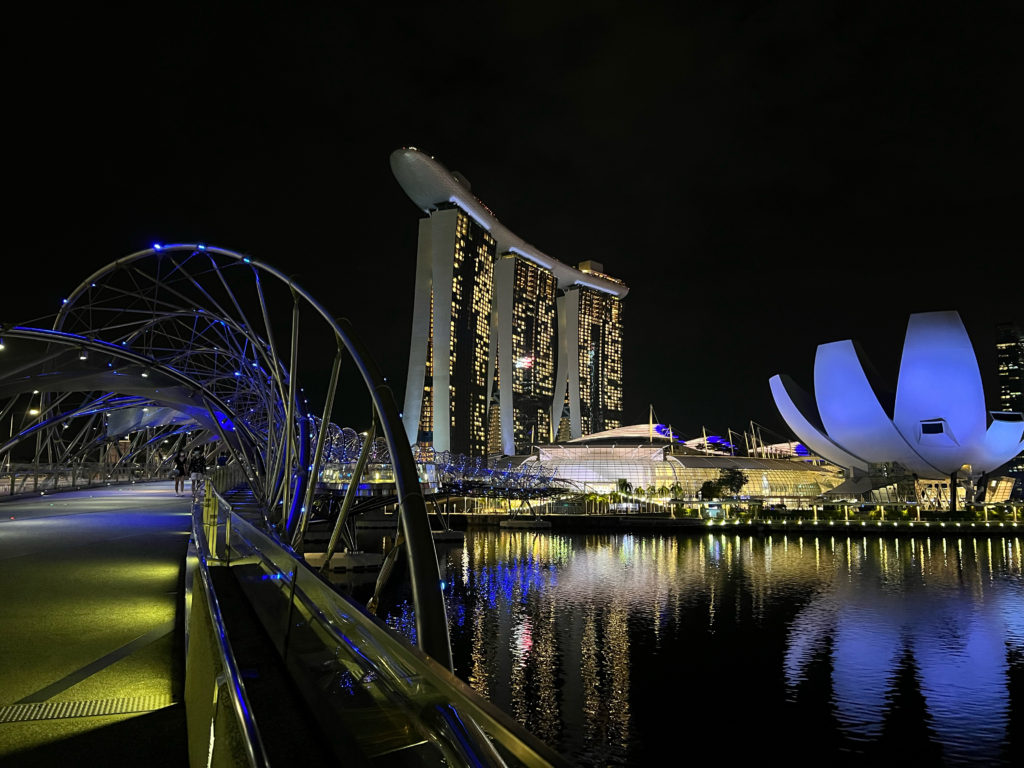
As for low-light photography, the iPhone 13 Pro does have a remarkable night mode feature which has the ability to take breathtaking photos of night scene and city lights. It’s incredible low-light performance certainly makes it way easier to take a sharp and vibrant low-light scene without needing to do any manual adjustments to the camera. Check out more samples on our Twitter handle.

Moving on to the ultra-wide camera, Apple had done a commendable job in trying to keep it’s image quality consistent with those taken by it’s wide camera. Compared to last year’s iPhone 12 Pro, the ultra-wide lens on the iPhone 13 Pro has a lower aperture of f/1.8 which allows more light into the camera, leading to comparatively better low-light performance.
However, the key highlight of it’s ultra-wide camera actually lies in it’s ability to double up as a macro camera for close-up photography, thanks to the addition of a reliable autofocus system.

The ultra-wide/ macro combo on the iPhone 13 Pro gives us all the reasons to start ditching those mediocre macro cameras that are present in majority of the Android smartphones. With the adoption of a high-quality ultra-wide lens for macro photography, we’re able to get really sharp details and rich dynamic range that we don’t normally see within this category.
Last but not the least, the iPhone 13 Pro’s rear camera system is rounded out by a nifty 12 megapixels telephoto lens that’s able to support up to 3x optical zoom. This is no doubt a neat upgrade over the 2.5x optical zoom in last year’s iPhone 12 Pro.
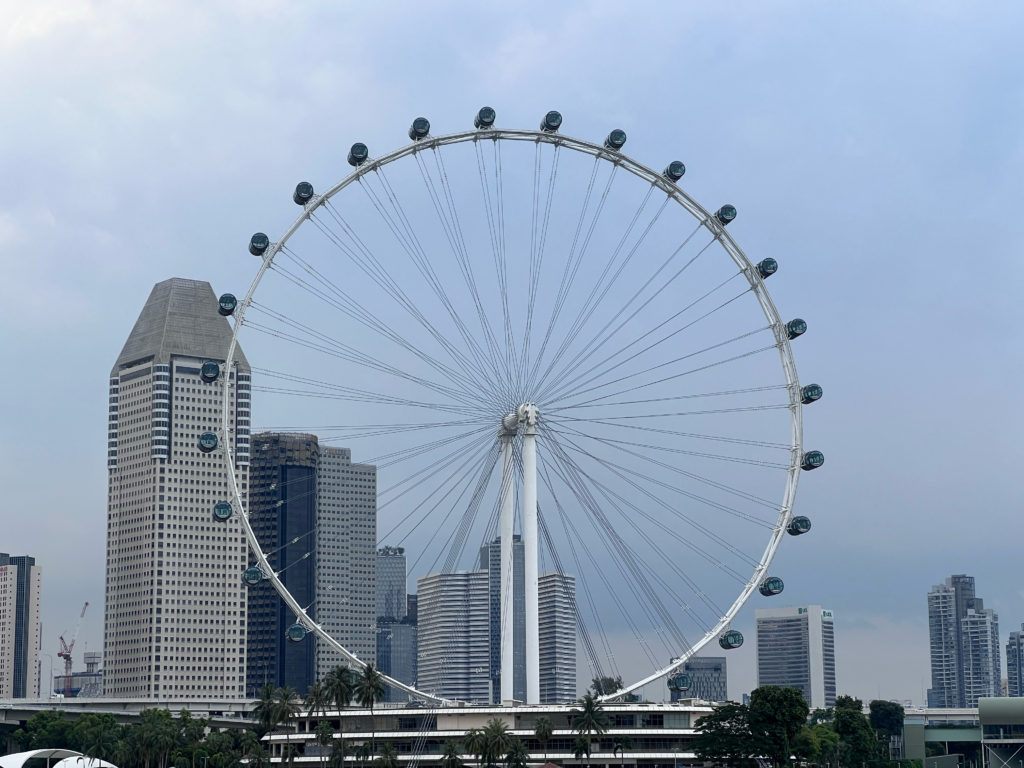
Although it’s telephoto unit is probably the least used camera among the trio, but it’s still a nice feature that will come in handy whenever you intend to take a clear shot of subjects that are farther away. Most importantly, photos clicked using it’s telephoto lens are highly usable with image noise kept to the bay.
For those who love taking videography, the iPhone 13 Pro is capable of recording stunning, cinematic footage across all lighting condition. Video stabilization is also promising for it’s wide camera despite the lack of Gimbal-style stabazalition system like what we saw on the Vivo X60 Pro (Review).
Battery & Charging
In the battery department, Apple claimed that the iPhone 13 Pro receives 11% gain in battery capacity over it’s predecessor. As such, it comes natural that the iPhone 13 Pro has a better battery life than the iPhone 12 Pro.
On a normal day-to-day usage, the iPhone 13 Pro has no issue of supporting at least 1.5 days worth of usage even with around two to three hours of video streaming when commuting or during lunch breaks. That’s pretty remarkable if we compare it to some other flagship models in the market.
Charging-wise, the iPhone 13 Pro supports up to 20W fast wired charging (varies according to charger) via it’s lightning port. A full charge from 0 to 100% takes around 1.5 hours which is reasonably fast for a high-end device.
Those who prefer to charge the phone wirelessly can also take advantage of the company’s proprietary MagSafe chargers that offers a rather decent 15W charging speed. Otherwise, it’s also able to charge wirelessly at 7.5W via a standard Qi wireless charging pad.
Verdict
The iPhone 13 Pro is an astonishing device which impresses in pretty much every aspects of a smartphone, from it’s smooth and immersive ProMotion display to it’s highly-reliable camera system and class-leading performance.
It’s no denying that the iPhone 13 Pro is currently among the best, if not the best, smartphones within the local market at the point of publishing this review. Therefore, it’s incredibly easy to recommend the phone to anyone who’s looking for a premium high-end device.
Pricing & Availability
In Singapore, the iPhone 13 Pro is priced at S$1,649, S$1,819, S$2,149 and S$2,479 respectively for it’s 128GB, 256GB, 512GB, as well as 1TB models. It will be available for purchase at Apple store locations, as well as Apple Authorised Resellers and select carriers.